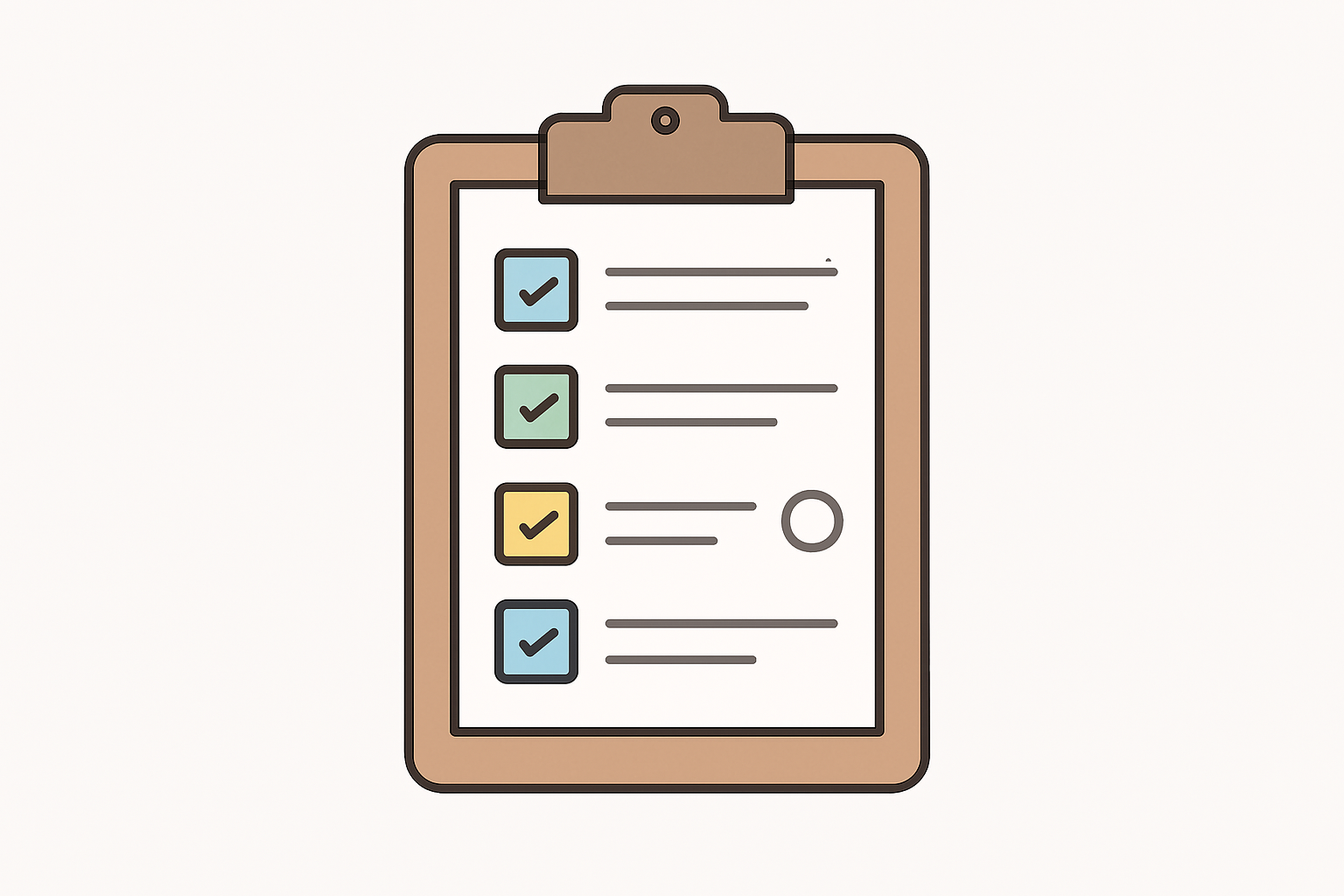
Click the button to start reading
A Quick Guide to Identifying and Curing Workaholism
The term “workaholic” is frequently misused nowadays. Simply clocking in a 50-hour workweek doesn’t qualify you as one. In fact, the problem is much more nuanced.
Often people need to work for one reason or another—debt, goals, dreams, and aspirations. Workaholism is less of a choice and more of compulsion, stemming from a wide array of psychological and neurochemical factors.
In this blog post, we’ll explore what it means to be a workaholic, what you should do about it, and how you can help your peers that suffer from it.
Let’s dive right in.

The signs of workaholism
As we mentioned previously, working hard isn’t precisely what workaholism is. Instead, it’s a more pathological and unhealthy relationship with work. People who suffer from it often appear uneasy, impatient, and fidgety while living their life outside work. They typically find it hard to organize their life or even think about doing so. Another common problem they face is an unhealthy disregard for their quality of life and their relationships with friends and family.
That said, workaholics are not by default good at what they do. Because they tend to work long hours, very rarely choose to delegate work, and expend high amounts of effort, they aren’t necessarily as productive as one may assume. This professional perfectionism often makes them fairly inefficient.
While this phenomenon isn’t exactly well-defined in modern psychology, there are a few parameters that are universally agreed upon—the signs and symptoms of a workaholic.
Below, you’ll find six questions that will help you understand whether you have an inclination towards workaholism:
- Do you consider work to be the most important thing in your life?
- Does your mood improve at first once you start working?
- Do you feel like you work longer hours or achieve more to be satisfied?
- Do you feel uneasy or fidgety when you’re not working?
- Do you debate with yourself or people close to you about whether you are working too much?
- Have you ever tried working less but failed to do so?
Psychologists still debate over whether workaholism is an actual addiction. What is for sure is that it’s an unhealthy and compulsive behavior. If you happen to answer “Yes” to most of the questions above, it’s fair to assume that you may be suffering from a form of workaholism.

Work engagement vs. work obsession
Being really passionate about work isn’t necessarily a sign of workaholism. It’s important to differentiate between people that are engaged with their work and those that are addicted to it—the two are very different behaviors.
Interestingly, in order to differentiate between the two, we have to direct our attention to the things that surround work. Both work engaged and addicted people can be equally productive. The difference is how their work impacts their quality of life. Simply put, workaholics suffer from a compulsory need to work. They aren’t necessarily driven by a healthy passion for what they do.
The modern-day conversation about workaholism is in an uncanny spot. On the one hand, this condition has been significantly watered down over the last few decades, in part due to the misuse of the term “workaholic” along with a wide array of other factors. As a result, this kind of blurred the line between healthy work engagement and an obsessive and destructive desire to work. On the other hand, research dating back to 1996 suggests that approximately one in four people show signs of workaholism. Both of these perspectives make talking about workaholism pretty complicated.
But there’s more: unfortunately, there’s no unified definition of what workaholism is from an academic standpoint. You may be thinking, “Okay, so how do I identify workaholism in myself or the people around me?”. The answer always goes back to observing their quality of life, the quality of their relationships with the people around them, and how their work deteriorates the two.
There are quite a few psychological tests one can take to identify a potential work addiction. Unfortunately, workaholics are often inclined to brush off the idea of taking one for a variety of reasons. However, if you feel like you might be suffering from this condition or you’re able to convince a potential workaholic to take one, you’ll find a variety of such tests in one of the sections below.

Common symptoms of workaholism
There are a few common things that could help you identify work addiction in yourself and the people around you. Typically, these symptoms are the result of the inability to stop working—burnout, anxiety, depression, and a whole host of mental health issues.
There are different groups that are especially prone to this addiction, but the ones that stand out are people suffering from perfectionism and impostor syndrome. These issues often cause them to work very long hours until the point where their jobs are the center of their attention, and also the thing that causes them to lose sleep, both of which can result in a wide array of harmful consequences like irritability, guilt, and a sense of dread.

Tests and quizzes to identify work addiction
Please bear in mind that taking these tests on your own should not be treated as a definitive assessment. Ideally, they should be analyzed by and taken with a trained specialist. More importantly, some of these tests feature measures that lack a solid theoretical foundation and are still debated among professionals. Treat these as a personal assessment of your wellbeing and under no circumstances use them to confirm or disconfirm work addiction.
The work addiction risk test (WART)
The WART test is created around the typical symptoms that workaholics experience. This is a very straightforward, 25-item test that is based on the Likert scale (ranges from 1 to 4, where 1 is never true and 4 is always true).
The WART test revolves around the following factors:
- Compulsive tendencies
- Control
- Self-absorption
- Inability to delegate
- Self-worth
The Bergen work addiction scale (BWAS)
The Bergen Work Addiction Scale (BWAS) is a more recent addition and measures workaholism as an addiction. Grounded in general addiction theory, the BWAS includes seven items worded in line with diagnostic addiction criteria, scored on a 5-point Likert scale based on how often symptoms have occurred in the last year.
- Salience (“Thought of how you could free more time to work”)
- Mood modification (“Worked in order to reduce feelings of guilt, anxiety, helplessness, and/or depression”)
- Conflict (“Down-prioritized hobbies, leisure, activities, and/or exercise because of your job”)
- Withdrawal (“Became stressed if you have been prohibited from working”)
- Tolerance (“Spent much more time working than initially intended”)
- Relapse (“Experienced that others have told you to cut down on work without listening to them”)
- Problems (“Worked so much that it has negatively influenced your health”)
Scoring “often” or “always” on four out of seven components indicates workaholism.

Preventing workaholism
There are multiple levels of work addiction prevention. In academia, they’re called primary, secondary, and tertiary.
Primary prevention focuses on reducing the risk of workaholism among people that aren’t suffering from this condition. Secondary prevention focuses specifically on people that are at risk of developing this addiction, while tertiary prevention revolves around minimizing its effects where possible. Let’s take a look at the first two.
Primary prevention
Primary prevention is necessary for work environments that glorify and even reward burnouts and a poor work-to-life balance. Often when organizations acknowledge behaviors that are conducive to workaholism, people are at risk of falling into this unhealthy rabbit hole.
The people that accept to be overworked are often rewarded with raises, praise, promotions, and positive attention, which contributes to the development of problematic patterns. For instance, employees that are susceptible to workaholism may at a certain point correlate the amount of work they do with their self-worth.
Of course, ideally, we should all be able to identify the development of these harmful patterns, but, unfortunately, not everyone will be able to. The primary responsibility for preventing work addiction falls on the shoulders of employers.
Instead of glorifying so-called “hard work” and achieving business goals, whatever the cost, organizations should be the ones reminding their employees about the importance of a good work-to-life balance by dissuading their workers from working beyond their regular hours or weekdays. Some research suggests that having the direct support of your leaders and managers in maintaining a reasonable work-to-life balance is helpful in preventing burnouts and correlated to higher engagement at work.
Fundamentally, to have a healthier, happier, and more productive workforce, companies should abstain from working them into the ground.
Secondary prevention
As we mentioned previously, secondary prevention aims to help people that are at risk of developing work addiction. Academic literature suggests that there’s a set of positive and often admirable personality traits that can contribute to people developing an unhealthy relationship with their work—conscientiousness, orderliness, need for achievement, etc. The unfortunate part is that many of these traits are desirable when it comes to being successful in your workplace—these are things people look for in new hires, especially for people in managerial positions.
The responsibility to prevent employees from developing this addiction also falls on organizations. A very effective way of assisting people in combating an unhealthy relationship with work is running training programs.
Workaholics tend to take on more work than they can normally handle and constantly accept tasks before they’ve completed the ones that are still in progress. To counteract addictive behaviors, organizations should look into running training programs that would help their employees manage their time and stress better. This would allow them to have realistic expectations from themselves and efficiently prioritize work.
It’s also essential that employees receive training in personal effectiveness and assertiveness that would encourage them to refuse to take on more work than they can realistically handle.
People at risk of developing work addiction should also be encouraged to decompress after a hard day at work and recover after it. Failing to do so will only continuously drain their resources, which will, as a result, lead to burnout, anxiety, depression, and other harmful symptoms of workaholism.

How to overcome work addiction
Earlier, we mentioned that there’s no single universally agreed-upon definition of workaholism. There is also no single surefire treatment for it. Fortunately, there are quite a few options to choose from—all with varying degrees of efficiency.
1. Workaholics anonymous
Workaholics Anonymous (also known as WA) was founded back in 1983, and its practices are based on the Alcoholics Anonymous (AA) framework. This organization treats workaholism as a disease. Like, AA, WA developed their own 12-step program and hosts group support meetings throughout the United States.
When entering the WA 12-step program, a person takes on a series of commitments, like sleeping at least eight hours every night and not working for more than 45 hours a week. These programs also offer support in case of relapse.
2. Rational emotive behavior therapy (REBT)
REBT is a type of therapy that aims to tackle irrational beliefs and substitute unhealthy and compulsive terminology (e.g., I must, I have to) and leverages role-play and pleasant imagery to mitigate unpleasant and triggering situations and emotions. As a result, it allows people to become more aware of how they feel and improve their ability to get through stressful situations more effectively.
Workaholics typically have a series of irrational beliefs regarding their performance demands, their coworkers’ approval, failure in the workplace, and control—issues that REBT allows to address consistently.
3. Cognitive-behavioral therapy (CBT)
CBT is a well-established and very effective type of therapy that addresses a person’s behavioral addictions and has been proven to help workaholics tackle a variety of unhealthy behaviors like:
- Distorted and automatic thoughts (“They’ll find out that I’m an idiot when they find those mistakes.”)
- Compulsory semantics and rigid terminology that revolves around “having” to do something at work (“I have to do the work myself otherwise it won’t get done right.”)
- Distorted beliefs about a person’s self-worth and fear of failure (“I can only prove my worth by working hard.”)
4. Motivational interviewing
Motivational interviewing is a type of therapy that revolves around the assumption that people typically go through a series of changes: pre-contemplation (being unaware of the problem), contemplation (becoming aware of the problem), preparation (outlining a plan for addressing the problem), action (addressing the problem), maintenance (changing behavior to resolve the problem), relapse (reoccurrence of the problem).
This method of counseling helps people create a detailed outline of their goals, as well as a plan of action that will prescribe how they will be changing their behavior.
This type of therapy is especially relevant for work addicts that are mindful of the problem they’re experiencing and are seeking help.

5. Family therapy
Family therapy is a very effective way of addressing workaholism by helping them understand the harmful effects their addiction has on their family members and their social circle. Similarly, this practice helps surface the sources or triggers that stimulate unhealthy work habits and encourage the creation of a support network to enable work addicts to develop new behaviors and a less harmful outlook on work.
6. Meditation awareness training
Meditation awareness training (MAT) is a technique that allows workaholics to adopt a more mindful approach towards their work and establish a reasonable distance between themselves and their work-related urges. It’s extremely efficient at developing self-compassion, which allows workaholics to efficiently address addictive behaviors.
Aside from helping people regain control of their lives and establish a reasonable work-to-life balance, MAT also allows people to engage with their work more, increase work satisfaction and even productivity.
In conclusion
Workaholism is an often misrepresented issue. Despite not being a very well-understood condition, it does affect a huge amount of modern-day workers. More importantly, the problem will probably get worse unless companies take the necessary steps to ensure that their employees don’t work in environments that will lead them towards this addiction.
If you feel like you’re developing symptoms specific to workaholism, it’s always a good idea to talk to a professional and enroll in therapy.
















